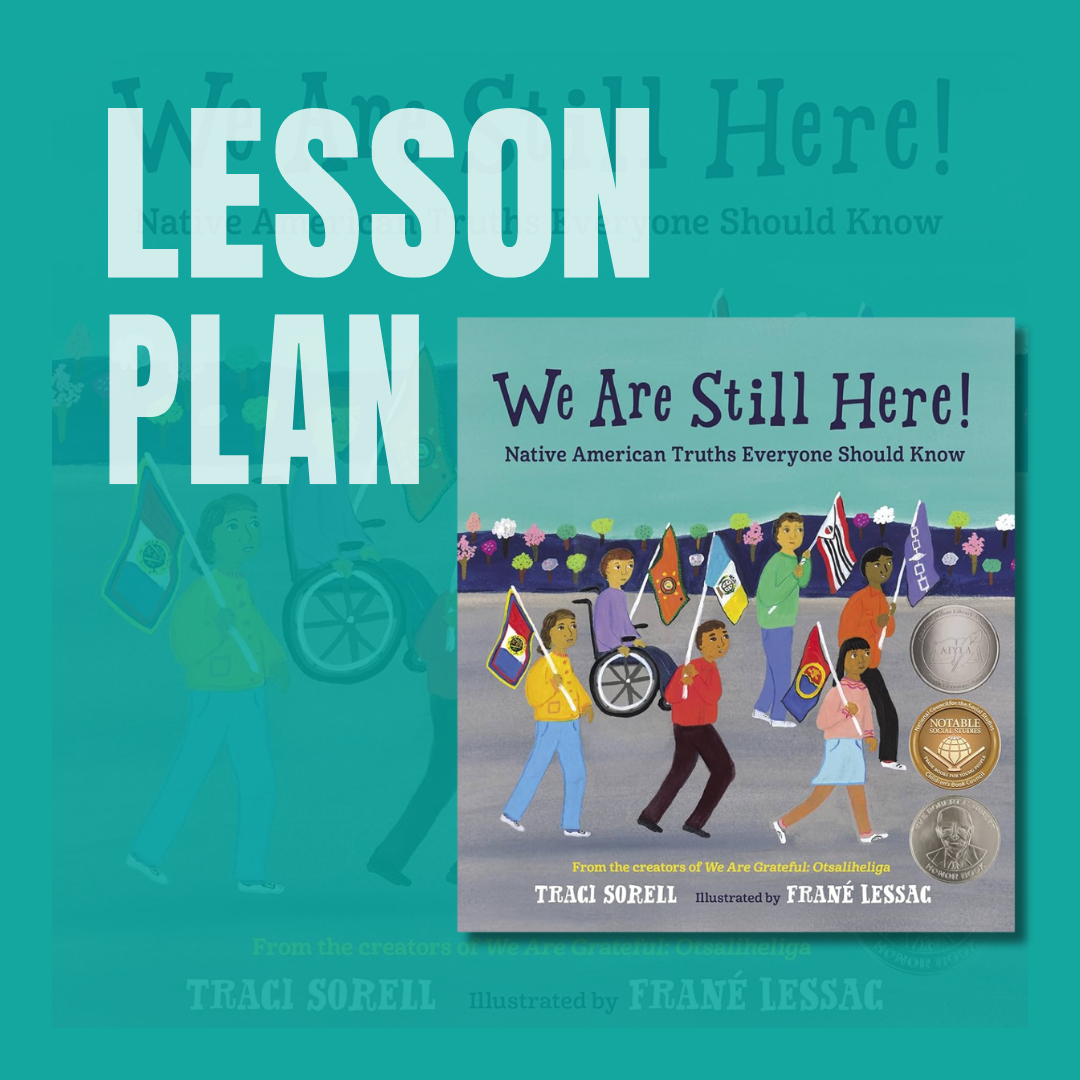
Lesson Plans for Every Classroom
What are you looking for today?

The Purpose of Women's History Month
Women’s History Month is celebrated and commemorated every year in March. The goal of Women’s History Month is to recognize the contributions and accomplishments of women throughout history and to highlight gender inequities and the ways they have been and continue to be challenged. Women’s History Month officially began in 1980 when President Jimmy Carter proclaimed the week of March 8 Women’s History Week. In 1987, Congress passed a law that authorized the President to proclaim March as Women’s History Month, changing it from a week-long celebration to a full month. This lesson provides an opportunity for students to learn more about the goals and origins of Women’s History Month, explore how sexism manifests in the U.S. and around the globe and reflect on how to commemorate Women’s History Month in March and beyond.

Indigenous Peoples’ Day
Indigenous Peoples’ Day was first proposed by Indigenous people at a 1977 United Nations conference. Their goal in proposing this day was to prevent bias and discrimination against Indigenous people and also to counter the inaccurate story that Christopher Columbus “discovered” the Americas. Many states, by law and proclamation, officially celebrate Indigenous Peoples’ Day. And yet, many people don’t know much about the history, cultures, heritages and traditions of Indigenous peoples. This lesson plan provides an opportunity for students to learn what Indigenous Peoples’ Day is, understand the holiday’s history and explore various aspects of Indigenous people.
